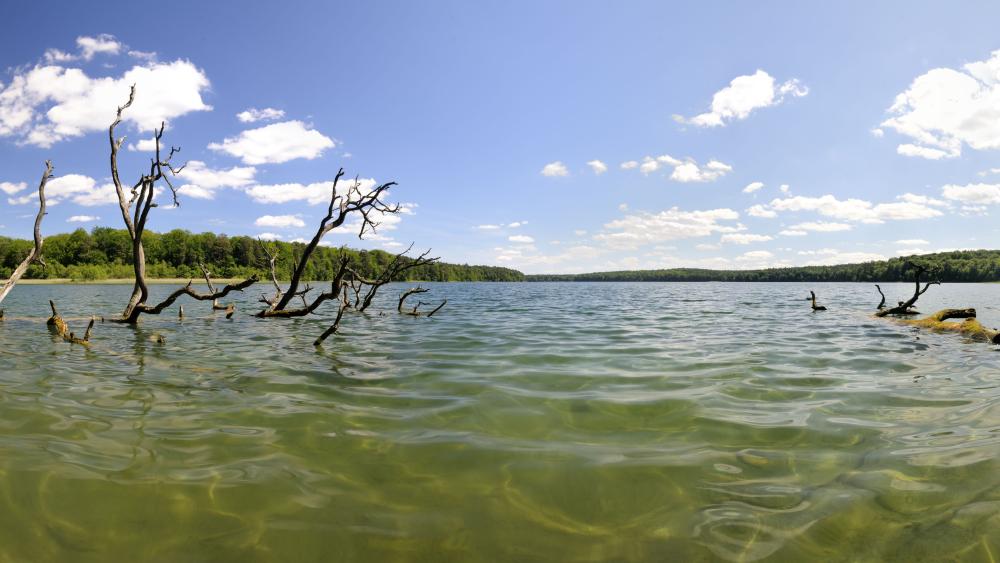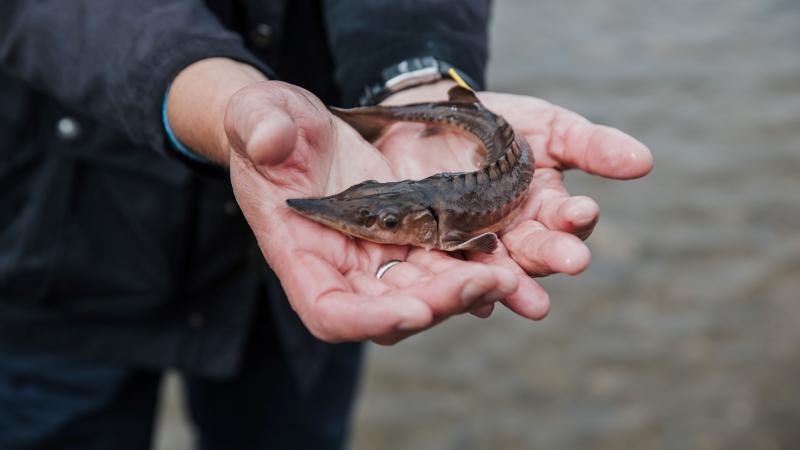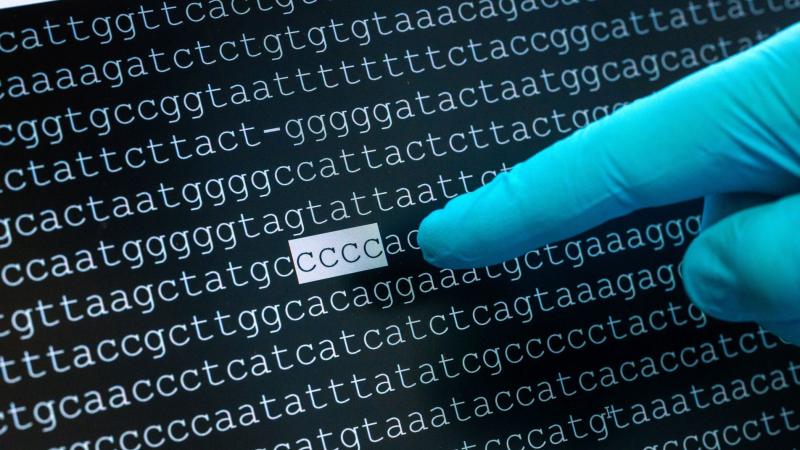
IGB's long-term metagenome dataset from 4 lakes was an important part of the study. | Photo: Michael Feierabend
Tetrapyrroles are also known as the "pigments of life". This is because they are more than just colour: they are indispensable for biological processes, such as chlorophyll for photosynthesis, i.e. the energy metabolism of plants. Or heme in haemoglobin, which can bind oxygen and thus ensures that our blood cells transport oxygen through the body. Tetrapyrroles are found in all living organisms and are synthesised in different ways. In alphaproteobacteria, mammals and birds via the Shemin pathway, in other bacteria, archaea and plants via the C5 pathway.
In this study, the research team led by the University of Kaiserslautern-Landau has now identified important genes (VAlaS) of the Shemin pathway in bacteriophages. Bacteriophages are viruses that can infect bacteria and are the most common infectious particles in freshwater and marine systems. During infection of archaea and bacteria, they can introduce certain genes into the host and/or activate them to increase metabolism, allowing the viruses to better replicate at the expense of the host.
"The detection of the key gene for the Shemin pathway in the phages indicates that they are able to promote or even induce the formation of tetrapyrroles in infected bacteria. In this way, they can ensure that important metabolic functions are maintained or become more energetically efficient. These genes are therefore presumably an important success factor for the infection of gene-carrying phages", explained Professor Hans-Peter Grossart, co-author of the study and researcher at the IGB.
The research results were supported by the IGB's LIMNOS metagenome long-term dataset. This dataset comprises sequence-based information from four lakes in north-east Germany and was of great importance for the freshwater aspect of the study.







